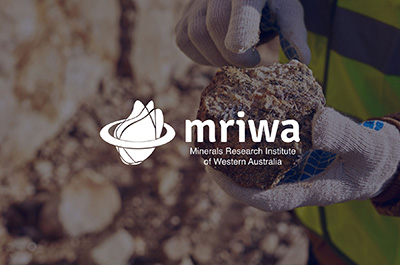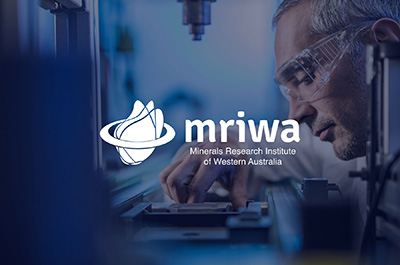Development and evaluation of fume free explosives for underground blasting applications
Project Overview
Project Number
Total Grant Value
Program Area
MRIWA Contribution
Project Theme
Project Period
The Challenge
Conventional Ammonium Nitrate (AN)-based explosives represent a substantial source of nitrate release into the environment, and produce undesirable exhaust gases including nitrogen dioxide (NO2), nitric oxide (NO) and carbon monoxide. These pose a substantial hazard to mine workers, particularly in enclosed underground environments.
Hydrogen Peroxide (H2O2)-based explosives could reduce or eliminate these negative effects, but their performance in a mining environment is unproven.
Key Findings
H2O2-based explosive hydrogel proved capable of being loaded and fired in an underground environment and produced detonation and blast performance comparable to AN-based products in early field trials.
The breakdown products of H2O2-based hydrogels are oxygen gas and water vapour. Their use eliminates the release of potentially hazardous NOx and nitrate compounds produced by conventional AN-based explosives.
H2O2 hydrogels also produced lower carbon monoxide (CO) output than conventional AN-based equivalents. The reduced levels of this dangerous gas would reduce corresponding safety concerns and assist miners with operational planning.
Benefit to WA
Adoption of H2O2-based explosive gels will help improve worker safety and lower the cost of mine development in WA’s underground mining industry, especially where H2O2 is already utilised on-site.
Adoption of H2O2-based explosives would also reduce the environmental impact of mining operations in WA through the elimination of nitrate release in blasting and resulting waste products.
Keywords: NOx, fume-free, explosives, hydrogen peroxide, underground mining
Similar Projects
Page was last reviewed 2 December 2020


